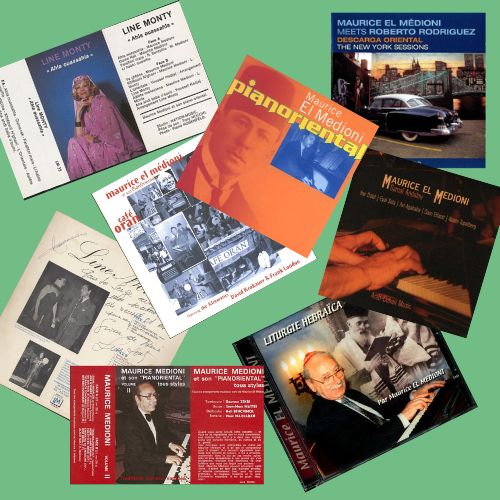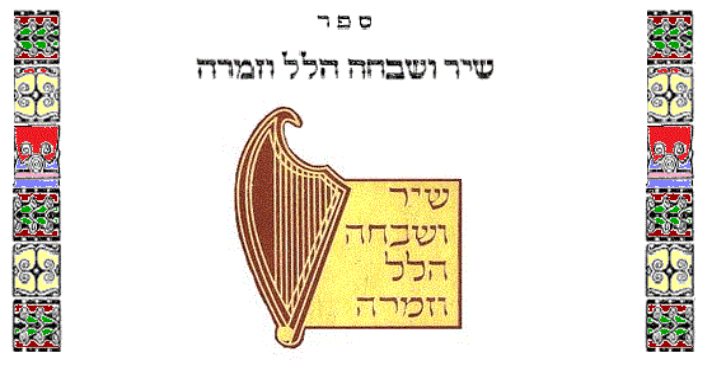
Hélios Azoulay & l'Ensemble de Musique incidentale
The musician Hélios Azoulay, expert and reknowned performer of the music in the concentration camps, just released a CD called Sauvée des cendres (saved from the ashes), refeering to an unfinished opera by Viktor Ullmann (1898-1944). On October 17th 1944, the Austrian composer is killed in Auschwitz. He had just finished writing the libretto of an opera dedicated to Jeanne d’Arc: Le 30 mai 1431. Written in the ghetto of Terezin, this opera depicts the famous moments of Jeanne d’Arc’s life until her death on the pyre. This unreleased work has been recovered, translated and published for the first time by the composer Hélios Azoulay in his book L’enfer aussi a son orchestre (hell also has its orchestra).
Although Ullmann’s libretto is a poetic chef-d’oeuvre, it has unfortunately no music: he scribbled only two pages for piano, included in another musical score: Don Quixote tanzt Fandango (1944). Hélios Azoulay decides therefore to complete this opera dedicated to Jeanne d’Arc, who is often compared to Deborah the Prophetess, who died burnt on the pyre for trying to save her people. But he did not want to compose in Ullmann’s style. He spreads and transforms the few precious notes already written in a sort of melodic ostinato which upholds the text. Because he doesn’t want to compose an opera, the text is more important and must be heard! This creation is therefore written for a reciter, a woman’s voice, a string quartet and a piano.
The result is captivating. The music is like hanging on the singer’s lips, Marielle Rubens.
This CD includes four other musical works :
- Shtiler Shtiler was written by Aleksander Volkoviski in the Vilna’s ghetto in 1943. This young boy, an 11 year old remarkable pianist, wins a music contest organized by the Jewish Council of Vilna’s Ghetto by writing this cradle song, which quickly becomes one of the favorite songs of the ghetto… before its liquidation in 1943.
- Und der Regen rinnt is a nursery rhyme written by Ilse Weber, the chief nurse of the children quarter in Terezin camp. She often grabbed her guitar and sang these cradle songs for the children, like a cuddle. But this song is for her own son, Hanuš…
- La rêverie de Mengele (Mengele’s daydream) is inspired by a true episode. In Auschwitz, the Hauptsturmführer Mengele, who performs atrocious medical experiments which leads to the death of thousands of children and grown-ups, asks Alma Rosé, who leads the women’s orchestra of the camps, to perform La Rêverie by Robert Schumann. The absolute obscenity of this choice inspired Hélios Azoulay to write a piece that blends the softness of the original work with the horror of the concentration camps.
- Kolysanka dla synka w krematorium tells the story of Aaron Liebeskind, a young Polish clockmaker, who sees the murder of his wife, Edith and his son in the extermination camp of Treblinka in 1942. He begs the crematoria’s guard to let him oversee his son during the night. While the unbearable smell of grilled corpses is in the air, Aaron rocks his three year old dead son, in his arms, singing to him this cradle song…
Order the CD.
Look at the interview of Hélios Azoulay on Akadem (in French).



